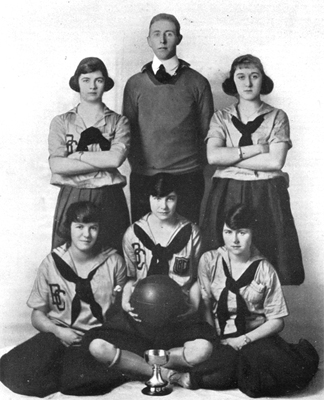Postcard from Vancouver
By Stacie Cassarino
In this fog, it’s true, we are made-up of less than bone. When I reach for you, there is radiance in the dark. I promise you kindness. This blue city misses your New York. What can I say about so many windows? On the Greyhound, a woman is reading The Case for Christ. I remember Grandma blessed me before leaving as if something might make me suffer in the future. How dumb belief is, silly boat with its red flag. She was right. The sea surrounds. A cable pulls my body to the top of a mountain  and the view is broken: I see you everywhere. I wonder how love ever goes away. We should insist on willing things: archipelagos, the secret your lip feels, the harbor. I ache for you. We should insist that letting go is one form of hope. Here, defiance in a stand of evergreens. I sip red wine with a Brazilian queer. Remember Rio de Janeiro, the size of God’s hand, sardines fleshed-open at the market, the way I entered and moved inside? Looking down, is this the kind of density you can live with? What is the slightness of our bodies to stay, to be good at loving a second time? My mouth pretends it is an oar when it lives inside your mouth, but you are far away. The last time, above a playground on 6th Avenue, I tasted your fear. We heard basketball, pigeon, boy after school. There were names called out, even mine was not among them. We didn’t know what to hold onto. Red light, green. A delivery truck kept turning the same corner. I kept paddling nowhere fast, but you couldn’t see me. You said you needed time. The playground emptied. I flew West into summer. From a payphone, I describe the light in Canada. I tell you it is something I believe in, though there is no voice on the other end.
and the view is broken: I see you everywhere. I wonder how love ever goes away. We should insist on willing things: archipelagos, the secret your lip feels, the harbor. I ache for you. We should insist that letting go is one form of hope. Here, defiance in a stand of evergreens. I sip red wine with a Brazilian queer. Remember Rio de Janeiro, the size of God’s hand, sardines fleshed-open at the market, the way I entered and moved inside? Looking down, is this the kind of density you can live with? What is the slightness of our bodies to stay, to be good at loving a second time? My mouth pretends it is an oar when it lives inside your mouth, but you are far away. The last time, above a playground on 6th Avenue, I tasted your fear. We heard basketball, pigeon, boy after school. There were names called out, even mine was not among them. We didn’t know what to hold onto. Red light, green. A delivery truck kept turning the same corner. I kept paddling nowhere fast, but you couldn’t see me. You said you needed time. The playground emptied. I flew West into summer. From a payphone, I describe the light in Canada. I tell you it is something I believe in, though there is no voice on the other end.
*
Stacie Cassarino is a recipient of the “Discovery”/The Nation Prize. She is currently a candidate for the Ph.D. at UCLA. “Postcard from Vancouver” is from her first book, Zero at the Bone, published by New Issues Press at Western Michigan University, available here.
Read more »
Do not take the misanthropic title of “Scroogenomics” at face value. Consider that the subtitle, “Why You Shouldn't Buy Presents for the Holidays,” doesn't apply to the beloveds on your “nice” list. And for God's sake, pay no attention to the child sobbing atop a red-wrapped package on the book's cover. Author Joel Waldfogel doesn't want to harsh on your holidays. In fact, he wants to make them better. In his sane, reasonable and conveniently stocking stuffer-size new book, the Wharton School economist elaborates on what those of us on a first-name basis with the folks at the return desk already know — that the glut of holiday overspending is a drain on both the wallet and the ho ho ho spirit. But the book is no polemic; it's a study in retail trends, spending and debt habits, and a simple call for a better use of our money than Itty Bitty Book Lights for people we barely know.
